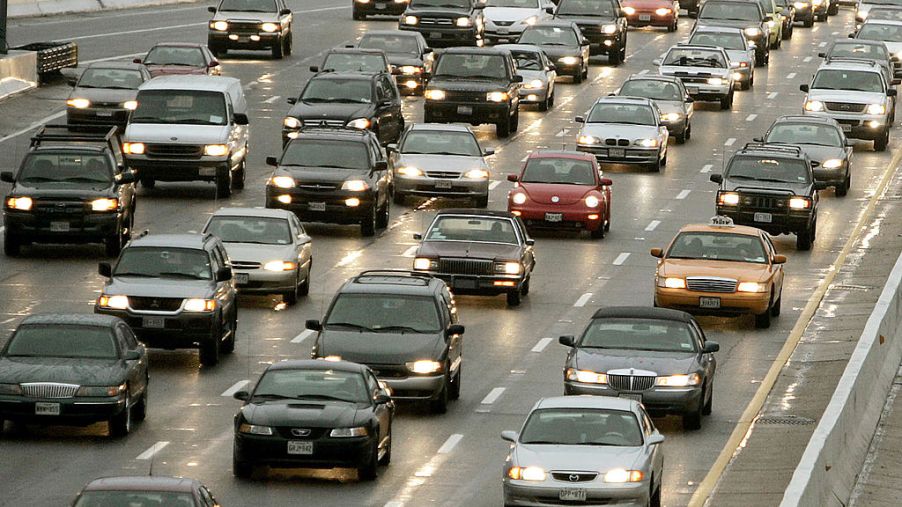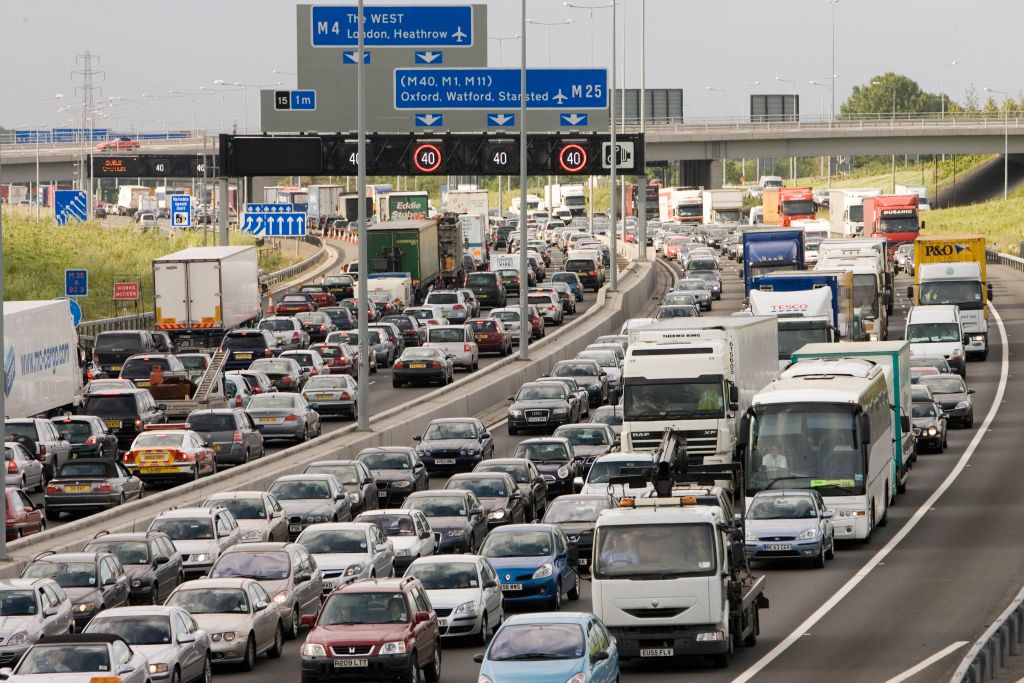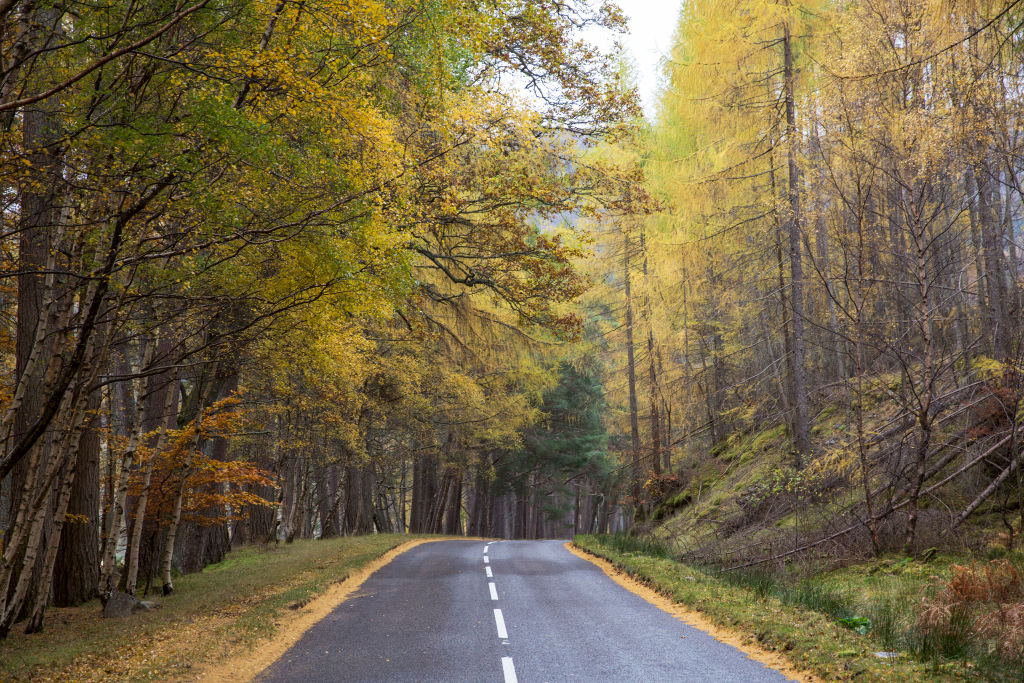
Earthday Transportation Notes: Greener Highways Are Coming
Today is Earth Day. In an effort to help provide information on how the transportation industry is making efforts to create, and some cases repurpose traditional infrastructure into cleaner alternatives, today I will focus on the concept of Greener Highways.
Traditionally a highway was built to provide a transportation benefit for community growth. In times past, that was a matter of acquiring land, doing site and soil surveys, ordering materials, and then calling the construction teams to start the build. Today, that process has changed. The transportation industry, as a whole, is more environmentally aware. So, efforts are being made to protect the environment in the process.
Recycled Building Materials

Creating the Brooklyn Bay Bridge Park was no small task. It’s an 85-acre project. In an effort to be as environmentally responsible as possible, recycled materials were used throughout the site. The project is only one example of what transportation folks are thinking about now before going forward with building.
In a recent article describing the build, Chris Warren wrote,
“granite slabs from the nearby Roosevelt Avenue Bridge have been used to create steps in the park; stone from the Willis Avenue Bridge in the Bronx have been incorporated to create a variety of seating and walkway features, and steel from some warehouses have been left in place and reused.”
The same care is being directed at plans for other future highway structures and improvements. For example, an old elevated railway was sitting unused in New York. It was converted into a pedestrian walkway with a park and urban gardens (called the High Line). Now Chicago is considering a similar project.
This all leads us to other major transportation structures, such as highways. New planned highways are being drawn to be less environmentally impactful. For example, in Mexico, the Via Verde is a highway that has moved forward with adding urban gardens that grow on the highway’s pillars.
Ecological bridges and tunnels
Highways are being planned with consideration for ecological bridges or tunnels. The passes are designed to allow for animal migration without risk to the animals. The overpasses are covered with plants consistent with the environment in the area. This reduces animal deaths due to highway accidents, allows for uninterrupted habitat, and air quality improvement.
Environmentally friendly road building materials
Then there’s the asphalt. This material is highly dependent on the oil industry, which means pricing is unreliable. And since it is a petroleum-based product that wears out quickly, its durability and harm to the environment are in question. So, there has been a race to develop a greener alternative.
Microalgae is one suggested alternative for the asphalt. Bruno Bruno Bujoli, director of research at CNRS (Centre National de la Recherche Scientifique) suggests that,
“The benefits of microalgae over other sources include low competition for arable land, high per hectare biomass yields, and large harvesting turnovers. There is also the opportunity to recycle wastewater and carbon dioxide as a way of contributing to sustainable development,” he adds.
Soy-based striping paint
How about the lines painted on the road. Are there less impactful ways to get that accomplished? Yes, there is. Instead of using a petroleum-based oil in the paint mix, the oil from soy is becoming better accepted as time goes on. Soy-based traffic paint provides long life, as well as more color resilience.

Taking on green initiatives is hard work and costly. But the good news is that citizens across the globe are more aware now than ever before of the idea to minimize environmental impact with new construction, especially with extra-large projects like highway construction.
To that end, The Environmental Protection Agency, and the Federal Highway Administration have requested ideas from public and private organizations for ways to make highways better and more sustainable. So, future projects will most certainly be looked at through the environmental eye.
The research and successes around the world of the initiatives using recycled and alternative materials, ecological bridges and tunnels, microalgae, and soy-based paints will likely be in discussion with all major road projects in the future. That’s a good thing. The end result will be better air of each of us, less habitat disruption, and a better environmental mindset for the future.


